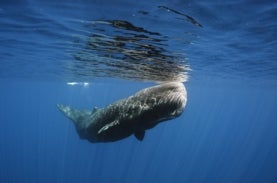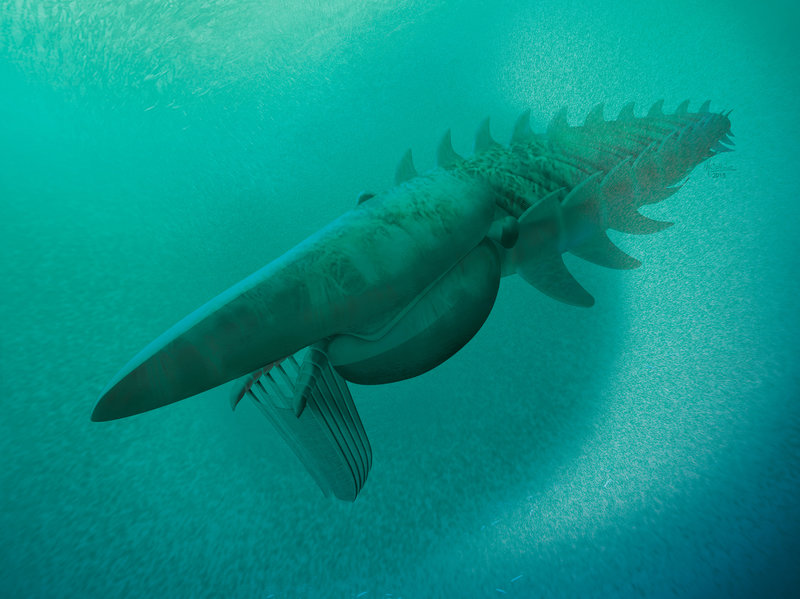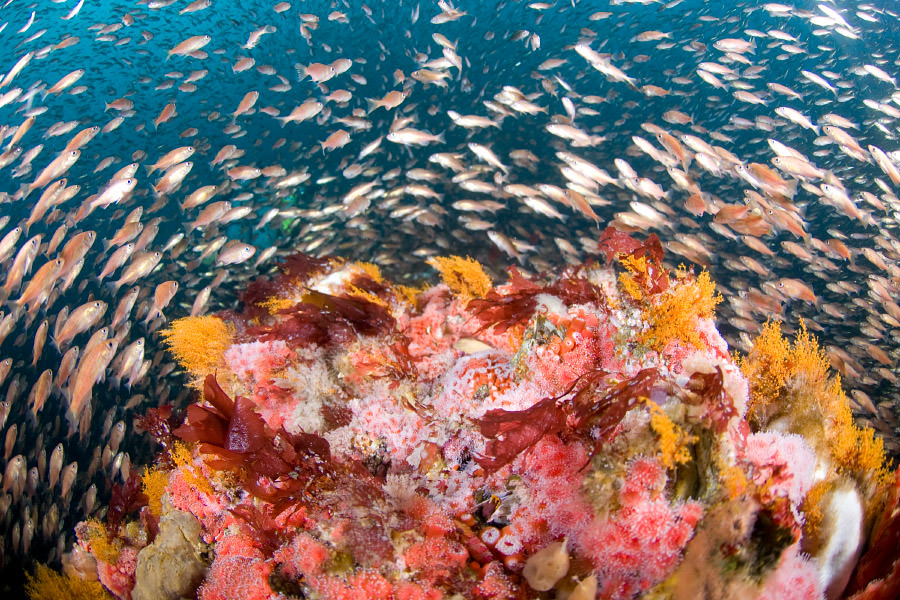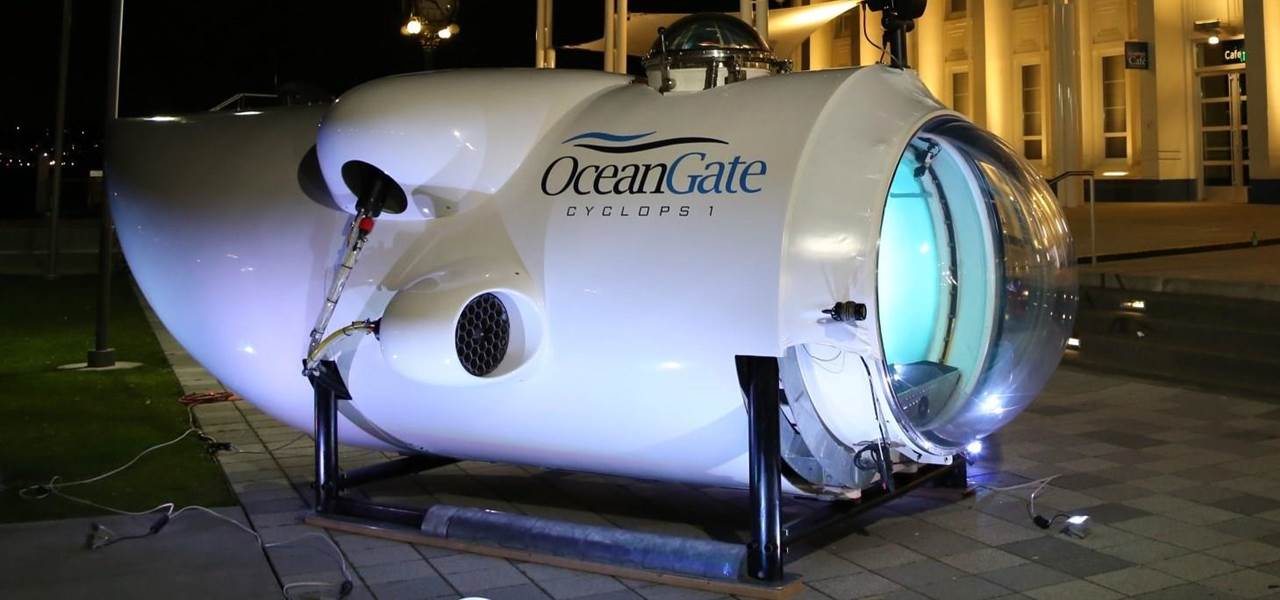
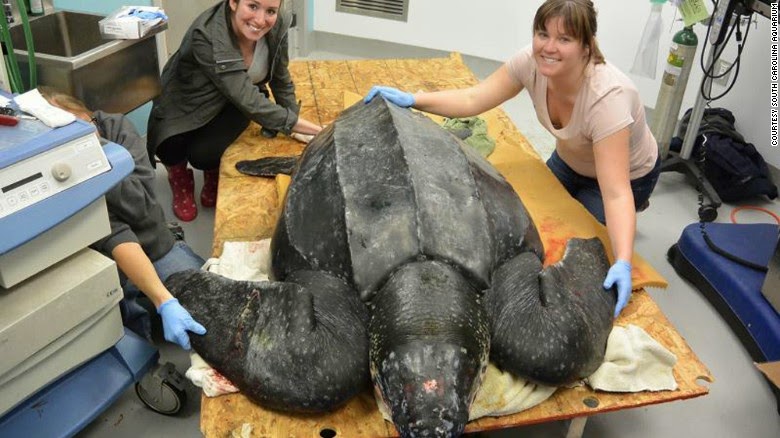
Last weekend a leatherback sea turtle was found off of the coast of South Carolina. The turtle, named “Yawkey” by the associates at the SC Aquarium, did not see any signs of trauma and gave it antibiotics and vitamins to recover. Although this is an extremely large turtle, this species can actually grow up to 2,000 pounds. Yawkey is currently resting and gaining strength for his upcoming release back into the ocean. Read more…
According to a study published in the Proceedings of the National Academy of Sciences, the amount of cosmic rays dose does not have long term impacts that would have lead to the 20th century climate change. Cosmic rays are the energized particles from outerspace that interact with our atmosphere. Scientists reviewed both short term and long term data on temperature vs. amount of cosmic rays to come to their overall conclusions. Read more…
5. Car-Size Stingray May Be World’s Largest Freshwater Fish
Take one second and imagine a fish that is 6.5ft across and 15ft long. Not able to? A giant freshwater stingray was found in Thailand’s Mae Klong River at those exact dimensions. This species is considered endangered by the International Union for the Conservation of Nature. Although these massive fish are not getting caught in fishing gear, they have been threatened by water pollution and habitat damage. Read more…
After reviewing a fossil, paleontologists have discovered evidence of the largest arthropod recorded. This species lived 480 million years ago and resembled a 7-foot lobster without claws. Peter van Roy, a paleontologist from Yale, concluded that this anomalocaridid was a filter feeder, similar to whales today. His complete analysis and conclusions of the fossil can be found in the article in Nature here …
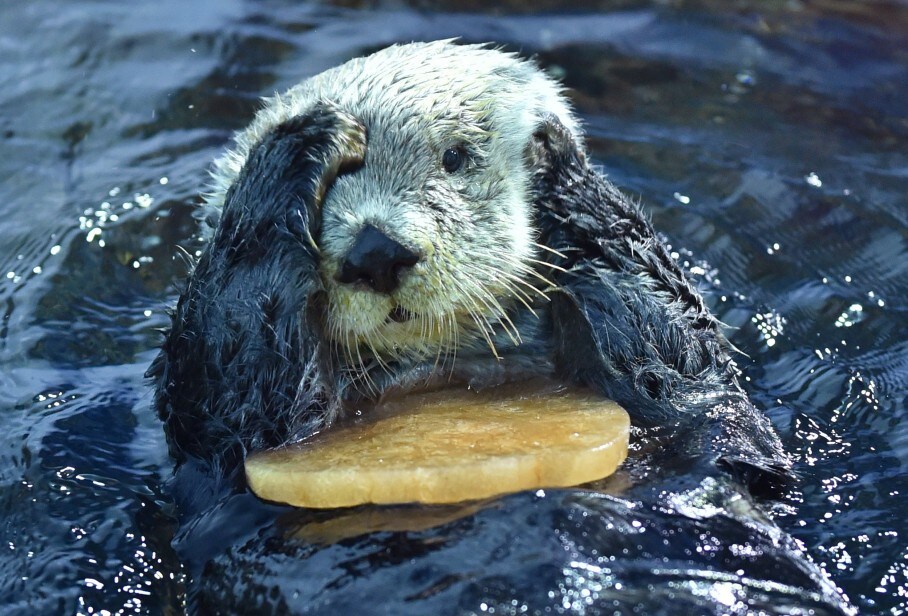
The World Register of Marine Species has determined that 190,400 new sea creatures that were discovered since 2008 are actually redundant. The actual count of new species is 228,445. To read more about the confusion take a look at the site here…
This week, the Italian company that owned the M/T Marigola was fined for the illegal disposal of waste into the ocean. The ship was caught at the Port of Tampa. Disregarding the APPS regulations, the ship discharged their oil-contaminated waste overboard without using the correct pollution prevention equipment. Read more…
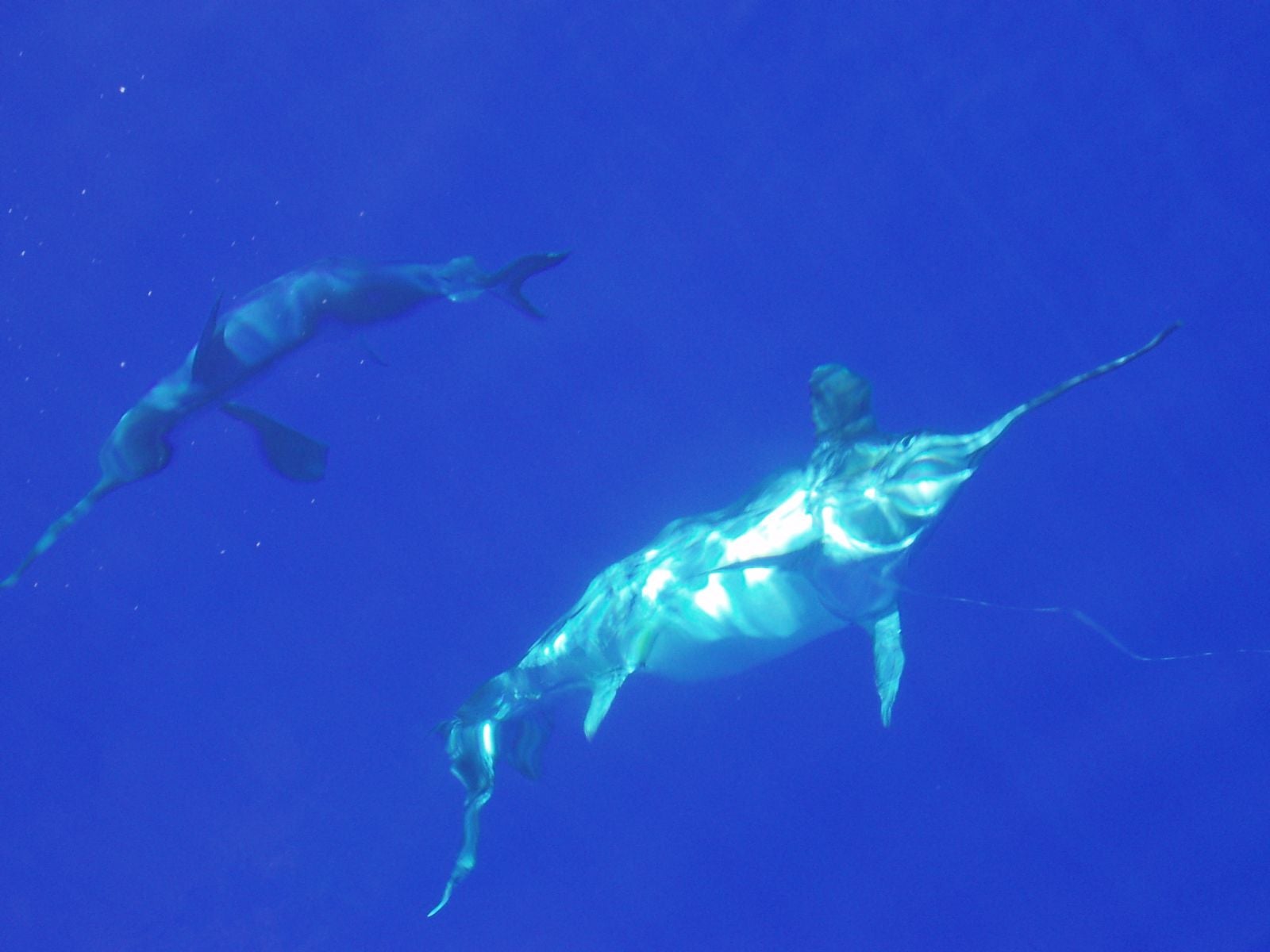 Can’t say that I’ve really ever thought about this question but, how do swordfish mate? After years of mystery around this topic, scientist recently found the answer! Scientists Jaime Mejuto and Blanca Garcia-Cortes were the first able to capture the courting of these fish. To read the complete reproductive process and see the pictures click here…
Can’t say that I’ve really ever thought about this question but, how do swordfish mate? After years of mystery around this topic, scientist recently found the answer! Scientists Jaime Mejuto and Blanca Garcia-Cortes were the first able to capture the courting of these fish. To read the complete reproductive process and see the pictures click here…
Sea Save Foundation is committed to raising awareness of marine conservation. The Week in Review is a team effort produced by the Sea Save staff to provide a weekly summary of the latest in marine research, policy, and news.

